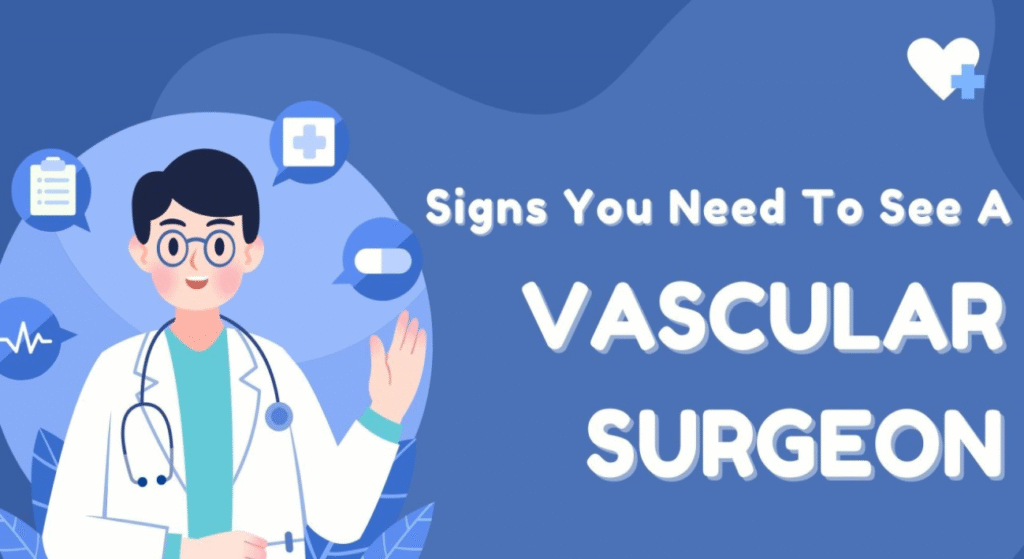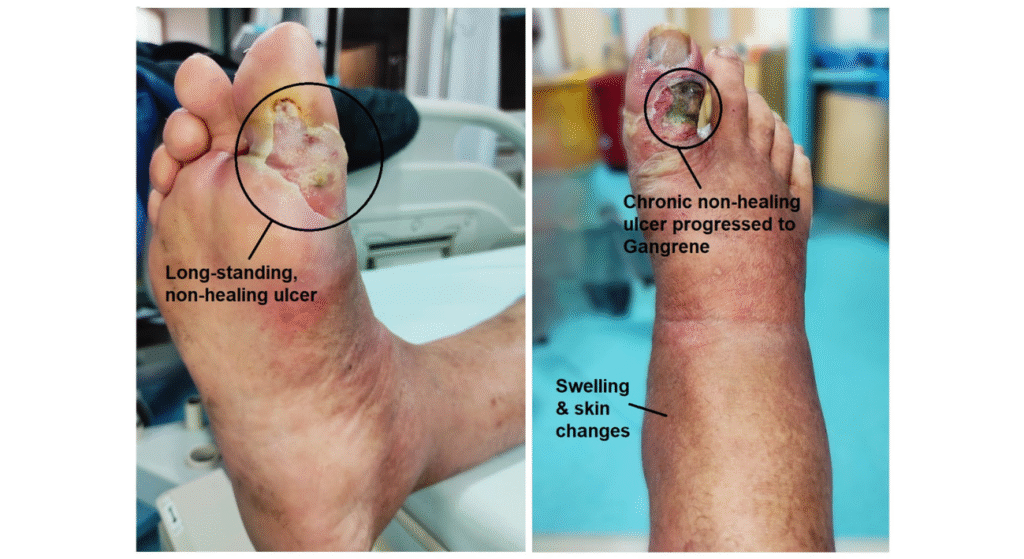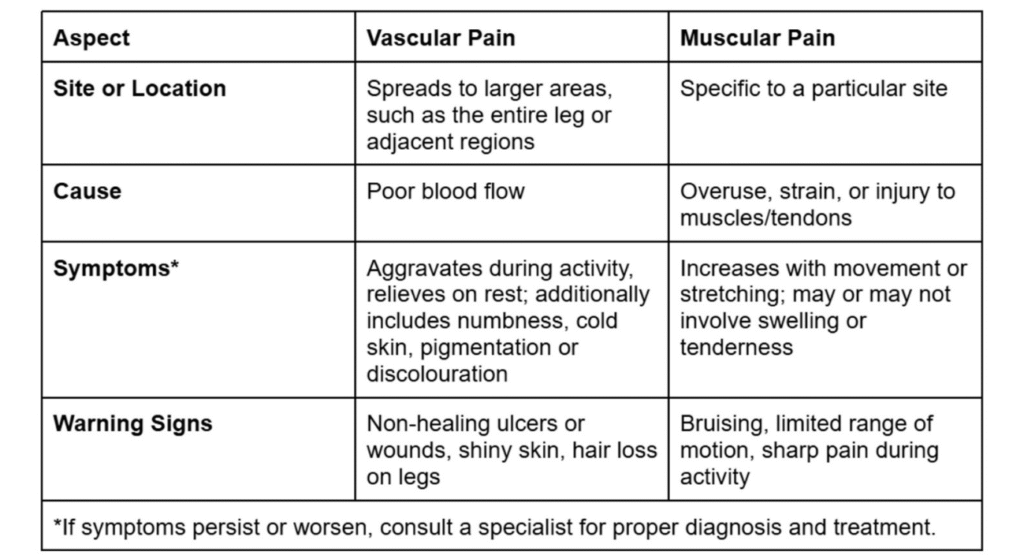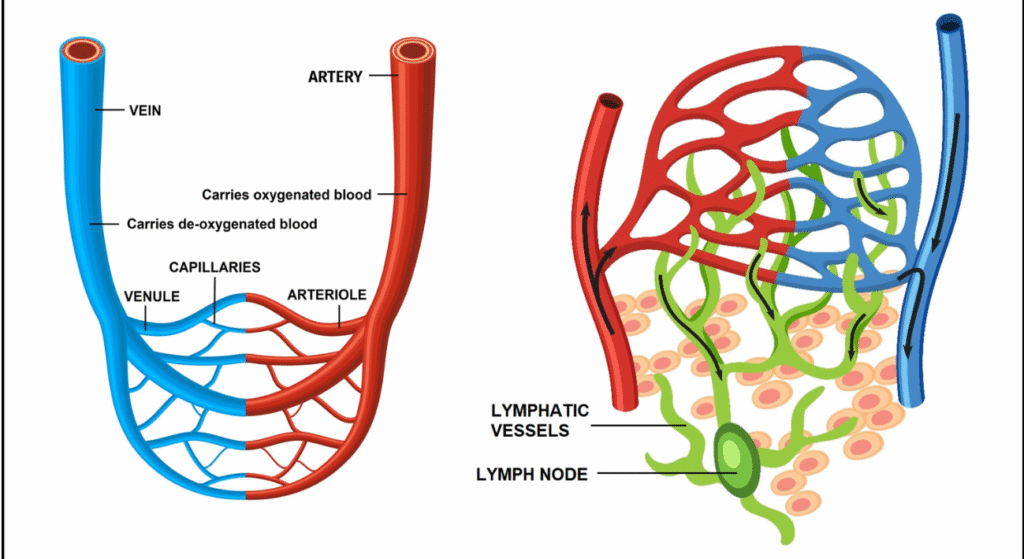
7 Signs You Need to See a Vascular Surgeon
Vascular issues often hide behind ordinary aches or subtle changes in your body. If you are obese, have diabetes, high blood pressure, or a history of smoking, you’re at a higher risk for vascular disease and should stay alert to the signs.
Symptoms like leg pain while walking, cramping, swelling, or cold limbs may seem minor but could signal serious underlying problems. Ignoring these early signs might lead to life-threatening complications.
How do you know when to consult a vascular surgeon? Let’s break down the signs to look for and what constitutes a vascular emergency.
Signs You Need A Vascular Surgeon
Here are common signs that might indicate a vascular issue:
1. Persistent Leg Pain or Cramping
If you experience leg pain after walking short distances, known as claudication, it could be a sign of peripheral artery disease (PAD) or deep vein thrombosis (DVT). Pain that worsens or doesn’t ease with rest warrants a visit to a vascular specialist for legs.
2. Cold or Numb Limbs
Poor blood circulation can cause your limbs to feel cold, numb, or swollen, indicating possible vascular issues. In more advanced stages, bluish discolouration (cyanosis) may appear, signalling progressive disease.
A limb with adequate blood supply will feel warm to touch.
3. Swelling or Redness in the Limb
Swelling or redness may indicate blocked blood vessels. Rapid swelling especially in one limb, can indicate clot in leg or DVT.
4. Loss of Hair with Muscle Weakness
Thinning hair on the legs and signs of muscle weakness (or atrophy) can be subtle signs of poor circulation in the lower limbs.
5. Visible Varicose Veins
Bulging veins in the legs, known as varicose veins, can indicate chronic venous insufficiency – a condition where veins struggle to send blood back to the heart efficiently.
6. Chronic Non-Healing Ulcer
Ulcers on the lower leg or foot that don’t heal may be due to poor blood flow, nerve damage, or a combination of both. Arterial ulcers are often painful with uneven edges.
7. Changes in the Skin
If you notice itching, pigmentation, and dryness of the skin without another clear cause, it could indicate lipodermatosclerosis, a condition associated with chronic venous disease.

While vascular surgeons are commonly known for treating varicose veins, they are often called upon for emergency procedures that can be life-threatening.
Vascular Emergencies
Vascular emergencies are life-threatening and demand immediate attention. Yet, many are unaware of the two most common conditions: ruptured abdominal aortic aneurysm (AAA) and acute limb ischemia.
Signs of Vascular Emergencies
Ruptured Abdominal Aortic Aneurysm (AAA) – A rupture of the main artery in the abdomen, called abdominal aorta, which can cause life-threatening internal bleeding.
- Sudden, severe abdominal pain radiating to the back
- Dizziness or lightheadedness
- Low blood pressure (Low BP)
- Rapid pulse
Acute Limb Ischemia – A sudden blockage of blood flow to a limb, risking tissue damage or amputation.
- Sudden onset of severe pain in the limb
- Numbness or loss of sensation
- Absence of pulse in the affected limb
- Pale or cold skin on the limb
Take Home Message
Recognising these signs early and consulting a vascular doctor near you can help you maintain good vascular health and prevent complications.
Don’t ignore the signals your body is giving – if you’re unsure, schedule a visit with a vascular surgeon for a thorough evaluation.
FAQs
Can Vascular Disease Go Away on Its Own?
In most cases, vascular diseases do not resolve without treatment. Conditions like PAD or DVT often progress if left unmanaged, increasing the risk of complications.
Lifestyle changes, like regular exercise, quitting smoking, and maintaining a balanced diet, can help manage symptoms, but they don’t cure vascular disease.
Consulting a vascular specialist for legs or other issues is essential for proper diagnosis and treatment.
How Do I Know If My Leg Pain Is Vascular or Muscular?
Vascular pain tends to feel like cramping or heaviness, intensifying with exercise and easing with rest. It often affects a larger area and is usually accompanied by skin changes, such as discolouration, numbness, and a faint or absent pulse.
Muscular pain is typically limited to one specific area and does not present these additional symptoms.
Refer to the table below for an overview:

What Is the Purpose of a Vascular Surgeon?
A vascular surgeon treats conditions affecting the arteries and veins, excluding the heart and brain. In addition to other procedures, they commonly perform the following:
- Remove clots to restore blood flow in conditions like DVT or pulmonary embolism.
- Perform bypass for arteries blocked due to PAD or trauma to improve circulation.
- Repair aneurysms to prevent rupture or blood loss and save lives.
- Salvage limbs affected by critical limb ischemia or severe injury to restore function and prevent amputation.
- Performing embolisationto block abnormal or damaged blood vessels and reduce bleeding
- Treat varicose veins and chronic venous insufficiency with minimally invasive procedures like sclerotherapy or microavulsions.
- Manage traumatic injuries to the vessels to stop bleeding and preserve organ function.
Vascular surgeons are indispensable in preventing complications and saving lives!
Tell us what you’d like to learn or read about next—share your suggestions, questions or queries in the comments or DM us.
Stay tuned for our next blog!


